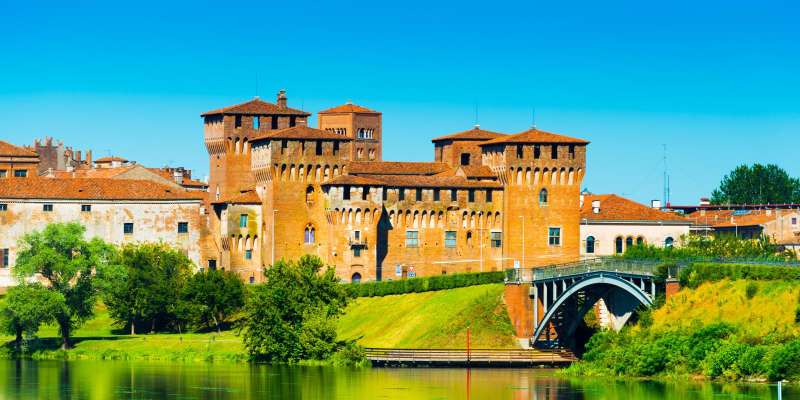- Home
- Useful Tips
- Essential Mantua experiences...
Mantua’s architectural treasures often leave visitors overwhelmed. With three UNESCO-listed palaces, seven historic piazzas, and layers of medieval, Renaissance, and Baroque design, 68% of first-time travelers miss at least one major landmark according to local tourism boards. The frustration compounds when you realize guidebooks can’t capture the stories behind these living monuments – why the arches of Sant’Andrea Basilica bend peculiarly, or which palazzo courtyard hides Leonardo da Vinci’s unfinished fresco. This isn’t just about ticking sights off a list; it’s the sinking feeling of standing before Giulio Romano’s masterpieces without understanding their revolutionary techniques that changed European architecture forever.


Navigating Palazzo Ducale without the crowds
The 34,000-square-meter Palazzo Ducale complex overwhelms even seasoned travelers, with its 500 rooms spanning five centuries of design. Most visitors cluster around the Camera degli Sposi’s famous illusionistic ceiling, missing the quieter wonders. Arrive at opening time and head straight to the Appartamento di Troia – these Trojan War-themed rooms showcase Giulio Romano’s Mannerist genius without the jostling crowds. The Cortile della Cavallerizza’s uneven columns aren’t construction flaws; they’re deliberate destabilizations that predate Baroque dynamism by 80 years. Pro tip: The underground passages connecting to Castello San Giorgio contain 15th-century graffiti from bored guards – look for crude carvings near the third archway.
Decoding Giulio Romano’s architectural rebellion at Palazzo Te
What appears as crumbling decor on Palazzo Te’s exterior is actually Romano’s subversive manifesto. The ‘falling’ triglyphs in the Courtyard of Honor deliberately violate classical rules, a architectural inside joke from 1526. Inside the Sala dei Giganti, the collapsing Titan frescoes use forced perspective that still fools modern eyes – stand exactly 2.3 meters from the northwest corner for the full effect. Few notice the hidden courtyard where Romano tested experimental plaster mixtures; the pockmarked walls near the lemon grove reveal his trial-and-error process. Visiting after 3pm offers golden-hour light that amplifies the trompe-l’oeil details most miss during midday tours.
Sant’Andrea Basilica’s engineered illusions
Leon Battista Alberti’s 1472 blueprint for Sant’Andrea Basilica broke every ecclesiastical design convention, yet most visitors walk right past its genius. The seemingly warped nave arches actually create a calculated ‘elastic perspective’ – stand at the third pew to see how they perfectly frame the relic chapel. The coffered ceiling’s diminishing squares aren’t decorative; they’re a mathematical marvel that makes the 28-meter vault feel weightless. Local architects still study the hidden buttressing system beneath the piazza, which has prevented cracking despite Mantua’s unstable soil. Time your visit for Tuesday mornings when sunlight through the oculus illuminates the crypt’s ancient Roman foundations.
Where to stay for immersive architectural access
Mantua’s historic center imposes strict building regulations, meaning your accommodation can double as an architectural showcase. The 16th-century Palazzo Castiglioni now houses a boutique hotel with original frescoed loggias overlooking Piazza Sordello. For something truly unique, the former Jesuit College offers rooms with vaulted brick ceilings designed by Antonio Maria Viani. Budget travelers should consider the Ostello dei Gonzaga – this 13th-century monastery retains its cloistered walkways and medieval well. All three properties provide exclusive after-hours access to nearby landmarks; the Palazzo Castiglioni’s wine cellar connects to underground passages once used by the Gonzaga dukes.



